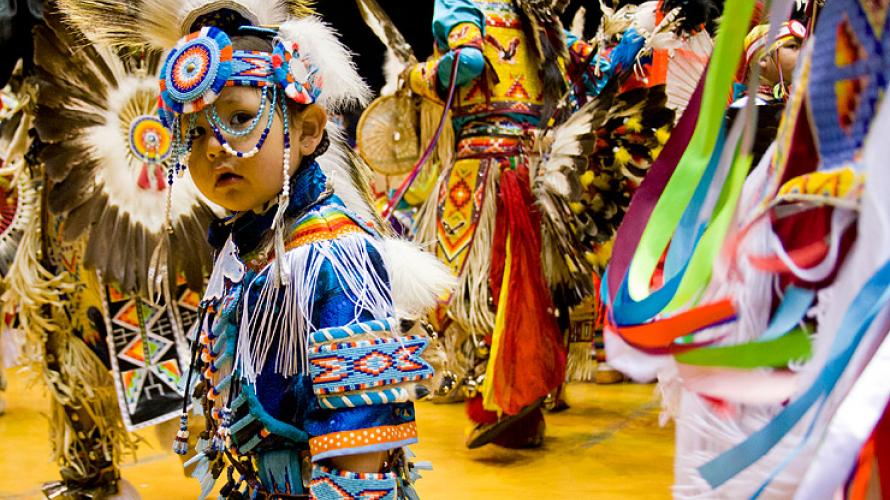
 Jenna Caplette migrated from California to Montana in the early 1970s, first living on the Crow Indian reservation, then moving to Bozeman where she owned a downtown retail anchor for eighteen years. These days she owns Bozeman BodyTalk & Energetic Healthcare, hosts a monthly movie night, teaches and writes about many topics.
Jenna Caplette migrated from California to Montana in the early 1970s, first living on the Crow Indian reservation, then moving to Bozeman where she owned a downtown retail anchor for eighteen years. These days she owns Bozeman BodyTalk & Energetic Healthcare, hosts a monthly movie night, teaches and writes about many topics.
During first six months on the Crow Reservation, I spent a lot of time at the Crow Arts & Crafts Coop. My very first beading project, was a pair of high-top moccasins.
I still have them. And the high-tops I received as one of the wedding gifts from my former in-laws. I have a gorgeous, low-top pair made at Fort Hall, sewn from golden smoked deer hide. I bought those at a pow-wow, only wear them at pow-wow time and rarely then. With faceted and metallic seed beads, they are a little flashy for me.
I also have a pair of smoked moose hide moccasins that my dad purchased for my step mother when we visited Head-Smashed-In Buffalo Jump in Alberta a decade ago. My step mother didn’t like the smoky smell so soaked them in perfume. When the moccasins came to me, I ran them through the washing machine three times (you can do that with smoked hide) and hung them on the line outside for days running to get the perfume out. It took several weeks but I finally succeeded. I often wear those during the winter.
During my first six months at Crow, I interviewed elder Winona Plenty Hoops. Here’s what she said about the quality of different hides, “Antelope hide is thin but it’s strong and it’s a real easy hide to tan. And deer is, well, every hide is not the same. I always say that it’s like baking bread; it never comes out the same. Some hides are easy and others, could be the same size, are twice as hard to tan.
She said, “Well, most of the Indian women, in fact, all of them, used to . . . (wear) moccasins. The children all wore moccasins. . . We used to come home from school and no more than get home; why we’d throw off our shoes and put on our moccasins and away we’d go.”
“But now, children don’t do that anymore. Maybe now when they go to dances, just when they go to dances . . .”
When my daughter was born, I beaded baby moccasins using her great-grandmother’s personal design, and then another pair with a Crow pink ground and a design of my own imagining. As she grew, I made her more and then, she just lost interest in dancing. Or she would dance with her dad, wearing jeans and running shoes like he did — he had a drum stick poking up from his pocket, she didn’t. She did wear a shawl (he didn’t).
There are protocols about what to wear on the dance floor at a pow-wow.
As a healthcare practitioner certified in Integrative Reflexology, I know that the shoes you wear matter. There are, in fact, health benefits to footwear like moccasins, footwear designed for exactly the size and shape of your feet — each of your feet. Footwear that does not have an insulating rubber or plastic sole. Here’s a quote from the website for earthing.com, “Just as the sun gives us warmth and vitamin D, the Earth underfoot gives us food and water, a surface to walk, sit, stand, play, and build on, and something you never, ever thought about—an eternal, natural, and gentle energy.” That energy is health-enhancing.
With moccasins on your feet, there’s a closeness between your life-force and the earth. You feel the rocks and bumps, you know when the earth is smooth and yielding. The hide close-wrapped around your feet gives gentle warmth and support.
I don’t bead any longer. The last pair of moccasins I helped sew were a rush job for my daughter’s father, who was Sundancing and needed them. I teamed up with my ex-sister-in-law and immediately felt reconnected with so very much I’ve mostly left behind.
Wearing moccasins at a pow-wow is like that for me. A remembering. And an honoring.
